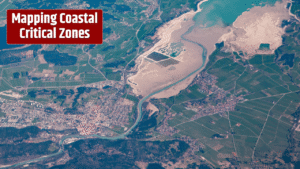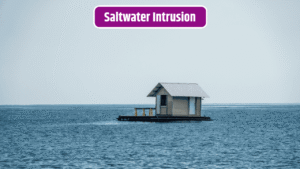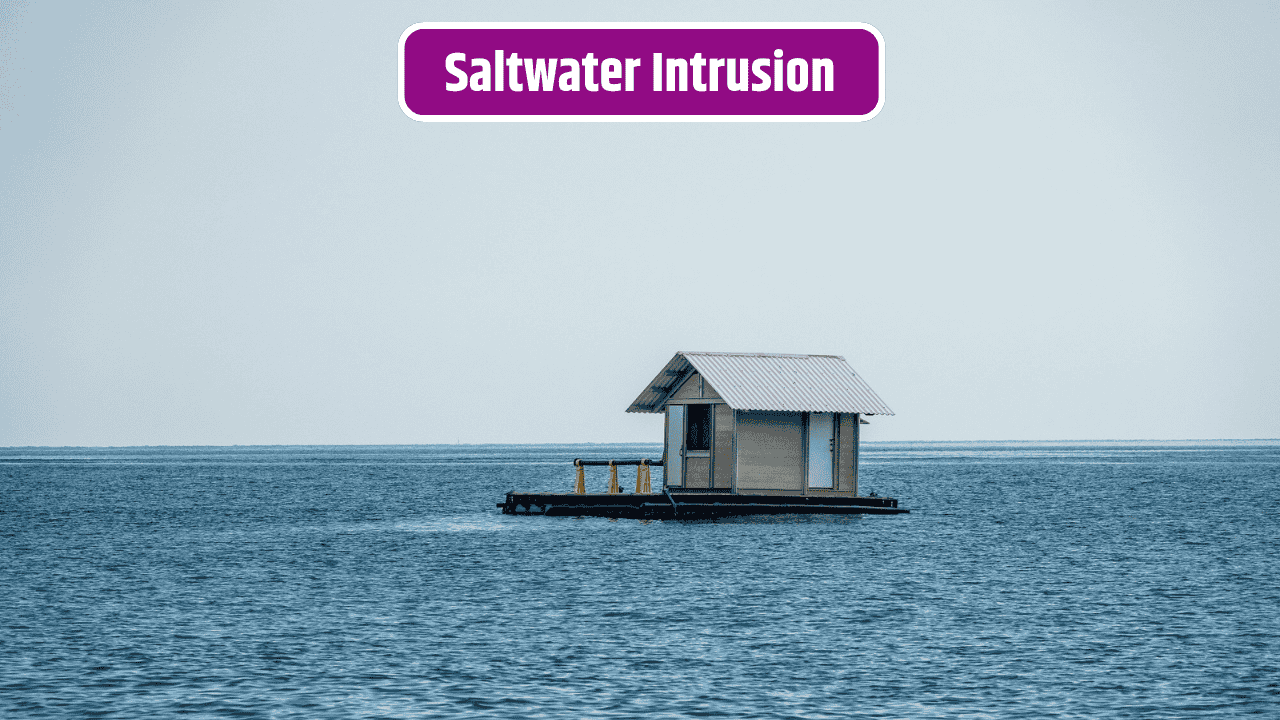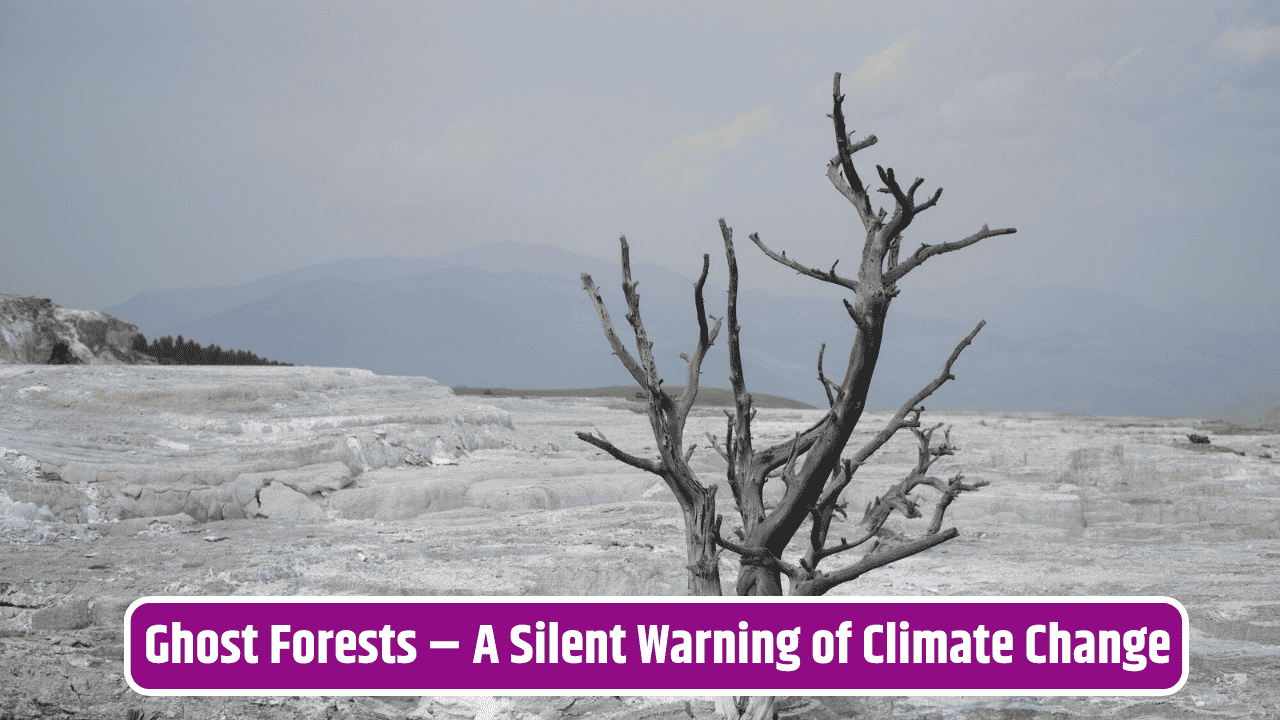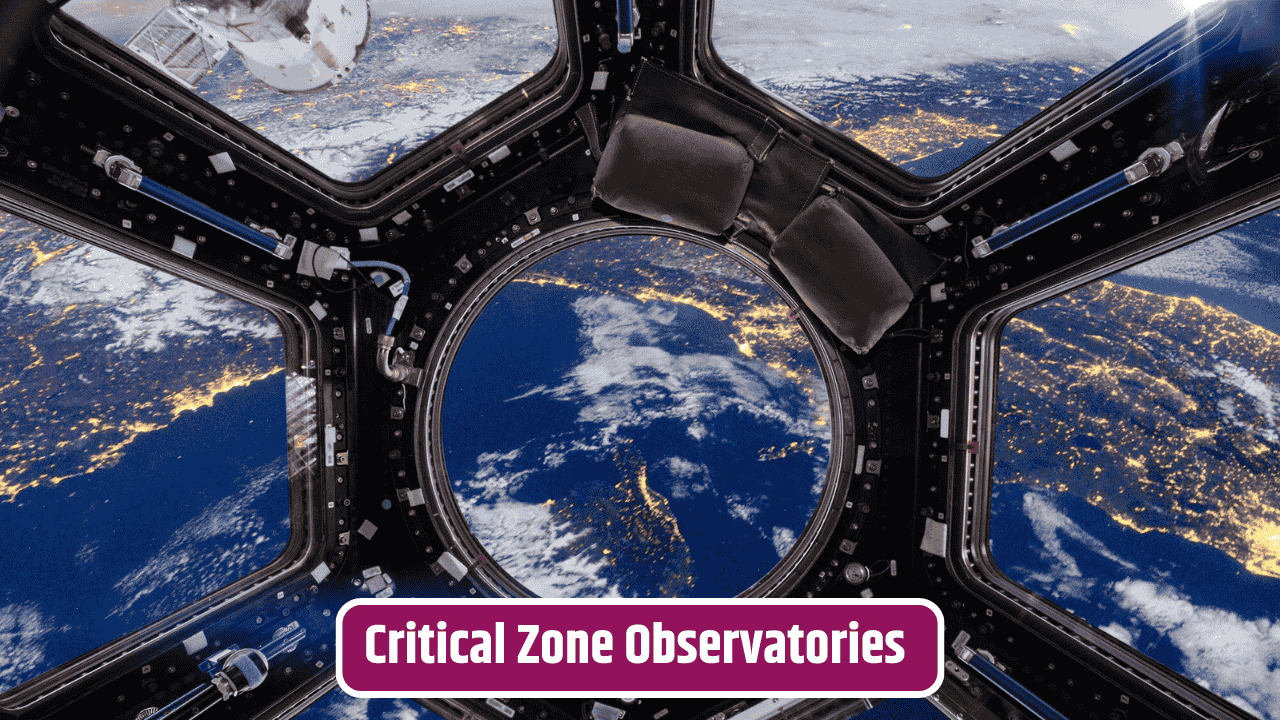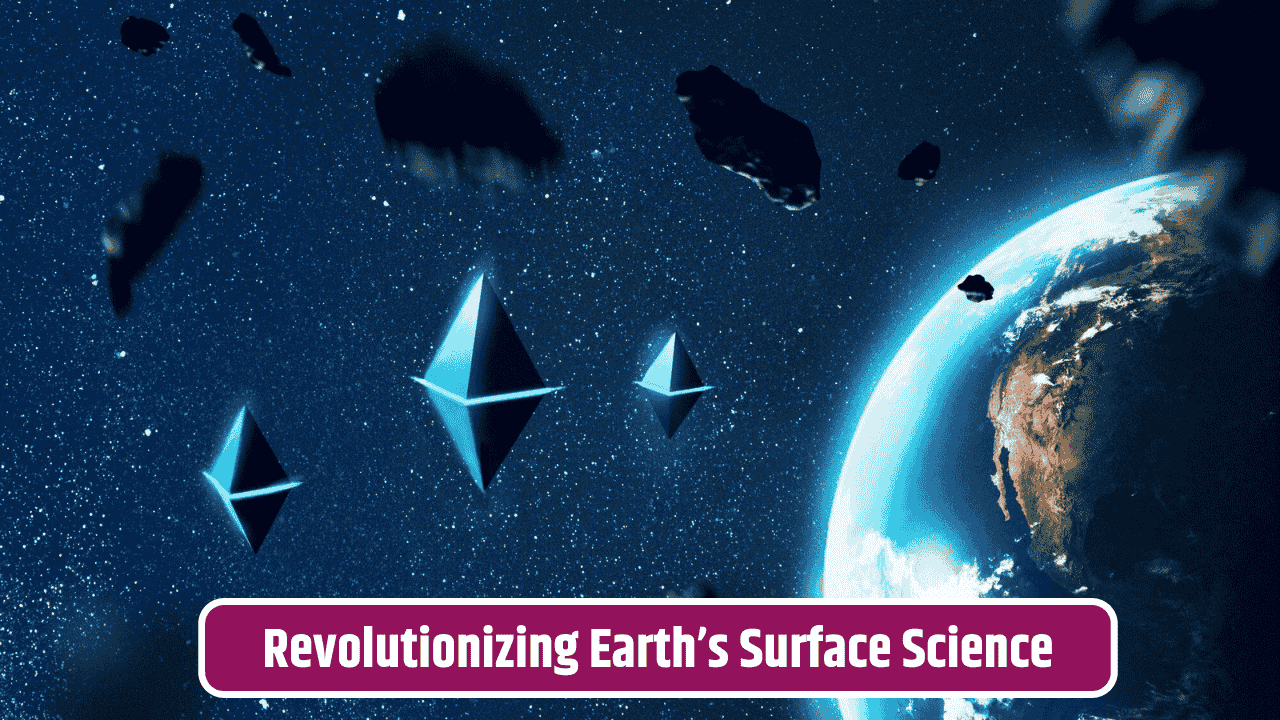For years, scientists studying the “skin of the Earth”—that fragile layer from bedrock to treetops we call the Critical Zone—have relied on a rare kind of research network. The Critical Zone Collaborative Network (CZCN) pulled together data, field stations, and expertise to understand how soil, water, air, and life all interact. But now, with funding ending and the network winding down, researchers warn that the closure could leave a gaping hole in environmental science at the very moment the world needs it most.
Table of Contents
What Was the Critical Zone Collaborative Network?
The CZCN was a U.S.-based effort funded by the National Science Foundation (NSF) to study the Earth’s Critical Zone. It grew out of earlier Critical Zone Observatories—research stations in diverse ecosystems, from deserts to forests—set up to monitor how soils form, how water flows through landscapes, and how ecosystems respond to human pressures.
By bringing these observatories into a single collaborative network, the CZCN acted as a hub where hydrologists, geologists, soil scientists, and ecologists could compare notes across regions. The idea was simple but powerful: understanding one watershed in Colorado is good, but connecting that knowledge to an agricultural plain in Iowa or a forest in Pennsylvania reveals the bigger picture.
Why It Mattered So Much
The Critical Zone may sound abstract, but it’s where life happens. The network’s research directly touched issues like:
- Agriculture: soil fertility, erosion, and water use.
- Climate change: carbon storage in soils and forests.
- Water security: how aquifers recharge and how wildfires affect watersheds.
- Urban growth: how paving over soil changes water and nutrient cycles.
Without the network, many of these insights would have stayed siloed in local case studies. By linking scientists across disciplines and regions, the CZCN offered policymakers and communities something far more valuable: a systems-level view of how human activity is reshaping the Earth’s skin.
What’s at Stake with the Closure
Now that the CZCN is being phased out, several risks emerge:
| Risk | Why It Matters | Example |
|---|---|---|
| Loss of long-term data | Environmental change unfolds over decades; broken records weaken science | Soil moisture trends disrupted if sensors are removed |
| Fewer interdisciplinary links | Climate, soil, and water are interconnected, but research may fragment again | Hydrologists may not coordinate with ecologists |
| Policy blind spots | Local studies lack the broad comparisons policymakers need | A drought study in Arizona might not inform Midwest farmers |
| Global competitiveness | The U.S. risks falling behind Europe and China, which are expanding similar networks | China’s Critical Zone science program continues to grow |
Researchers argue that ending the CZCN now is like abandoning a weather station just as a hurricane approaches. With climate change, biodiversity loss, and water crises intensifying, the need for integrated Critical Zone science has never been greater.
Why It’s Hard to Replace
Unlike short-term projects, the CZCN was designed to watch slow processes—soil building, aquifer recharge, forest regrowth—over decades. Once instruments are dismantled and datasets interrupted, you can’t just “restart” later without losing continuity. That makes the closure especially painful.
Is There a Path Forward?
Some scientists are pushing for new funding models, perhaps tying Critical Zone research more directly to agriculture, water management, or climate adaptation programs. Others suggest international partnerships, since the challenges are global. The USGS and EPA may pick up pieces of the work, but neither agency has the same cross-disciplinary, long-term focus the CZCN offered.
The Bigger Picture
This isn’t just about one network—it’s about how we value environmental science. If we treat it as optional, we risk losing the insights that help societies adapt to climate shocks, secure food supplies, and protect water. If we see it as essential infrastructure, like highways or hospitals, then investments in networks like the CZCN become obvious.
The closure is a wake-up call. Whether it sparks a new wave of funding and collaboration—or leaves a gap that future generations regret—depends on the choices made now.
FAQs
What is the Critical Zone?
It’s the thin layer of Earth from bedrock to treetops where rock, soil, water, air, and life interact to sustain ecosystems.
Why did the Critical Zone Collaborative Network close?
NSF funding ended, and no renewal or replacement program of similar scope has yet been launched.
What made the CZCN unique?
Its cross-disciplinary, long-term monitoring approach that linked observatories across ecosystems.
Can individual universities continue the work?
Some will, but without the centralized network, much of the cross-regional collaboration may be lost.



